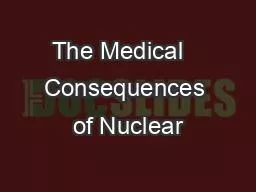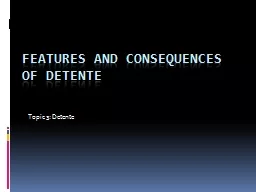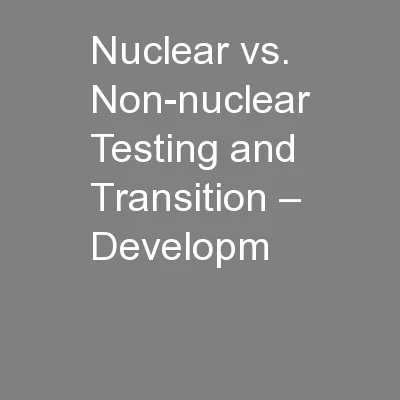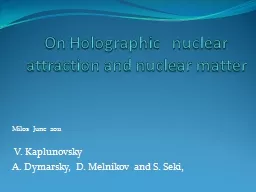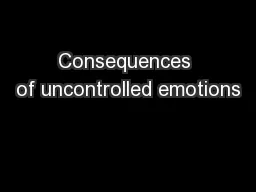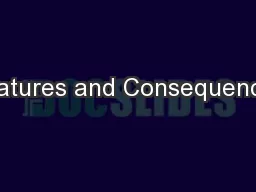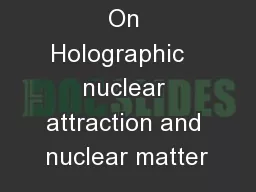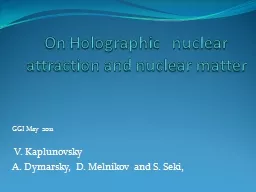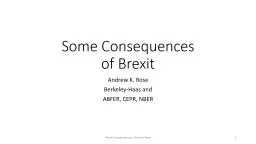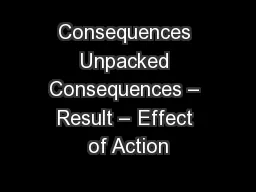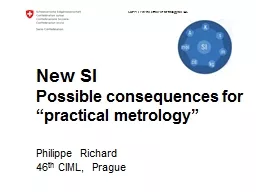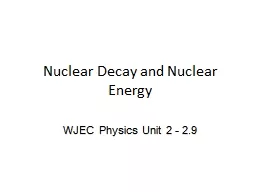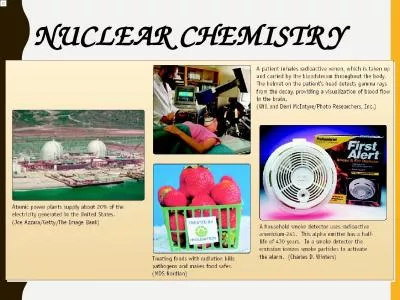PPT-The Medical Consequences of Nuclear
Author : majerepr | Published Date : 2020-08-03
War The International Physicians for the Prevention of Nuclear War World Congress Astana August 2014 World Nuclear Forces November 2013 United States 7700 Russia
Presentation Embed Code
Download Presentation
Download Presentation The PPT/PDF document "The Medical Consequences of Nuclear" is the property of its rightful owner. Permission is granted to download and print the materials on this website for personal, non-commercial use only, and to display it on your personal computer provided you do not modify the materials and that you retain all copyright notices contained in the materials. By downloading content from our website, you accept the terms of this agreement.
The Medical Consequences of Nuclear: Transcript
Download Rules Of Document
"The Medical Consequences of Nuclear"The content belongs to its owner. You may download and print it for personal use, without modification, and keep all copyright notices. By downloading, you agree to these terms.
Related Documents

